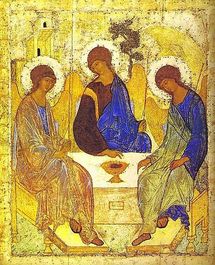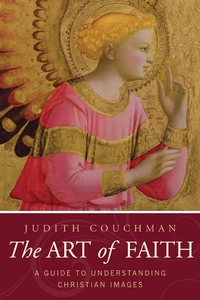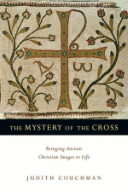Christians claimed they worshiped one God in the form of three persons. But pagan Romans couldn’t envision relying on only one god. Roman citizens fearfully worshiped a host of finicky, unpredictable deities. They revered and appeased these gods so hopefully the empire and their lives would be safe and prosperous. Consequently, the pagans asked, “How could one god encompass three divine beings?” This “contradiction” didn’t make sense. Weren’t they really just three gods?
This is the mystery of the godhead. The one, true God of the Jews chose to express himself to the world as the Father, Son, and Holy Spirit. Athenagoras, a second-century apologist explained, “Christians know God and His Logos [Word]. They also know what type of oneness the Son has with the Father and what type of communion the Father has with the Son. Furthermore, they know what the Spirit is and what the unity is of these three: the Spirit, the Son, and the Father. They also know what their distinction is in unity.”
To explain the Trinity, Byzantine and Orthodox artists drew from the Old Testament story of three strangers visiting Abraham (Gen. 18:1-8). They illustrated the Father, Son, and Holy Spirit as angels. Following this artistic tradition, the beautifully painted icon of the Trinity by Andrei Rublev has taught and inspired believers since the fifteenth century. The delicate colors and features introduced a lovely and accessible godhead. Many today display it as an expression of hospitality.
Because Jesus was God-in-the-flesh, in Christian art images of him vastly outnumbered those of God or the Holy Spirit. Jesus visited earth in human form, offering a visual concept that generations understood and communicated artistically. Paul explained, “For in Christ all the fullness of the Deity lives in bodily form” (Col. 2:9). In this bodily form, Christians witnessed the divine.
Read more about Christian art in Judith Couchman’s book, The Art of Faith: A Guide to Understanding Christian Images (Paraclete).

 RSS Feed
RSS Feed



